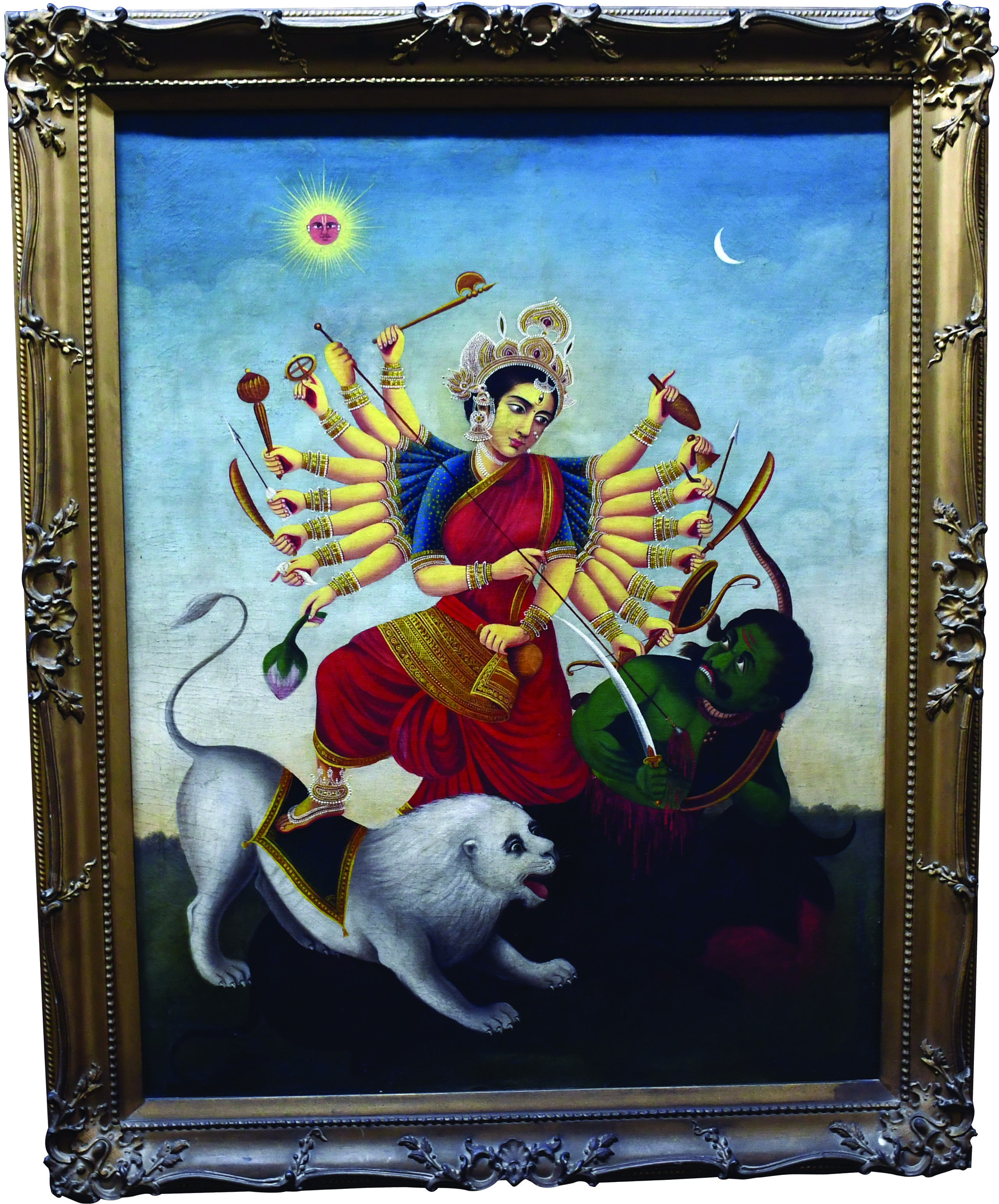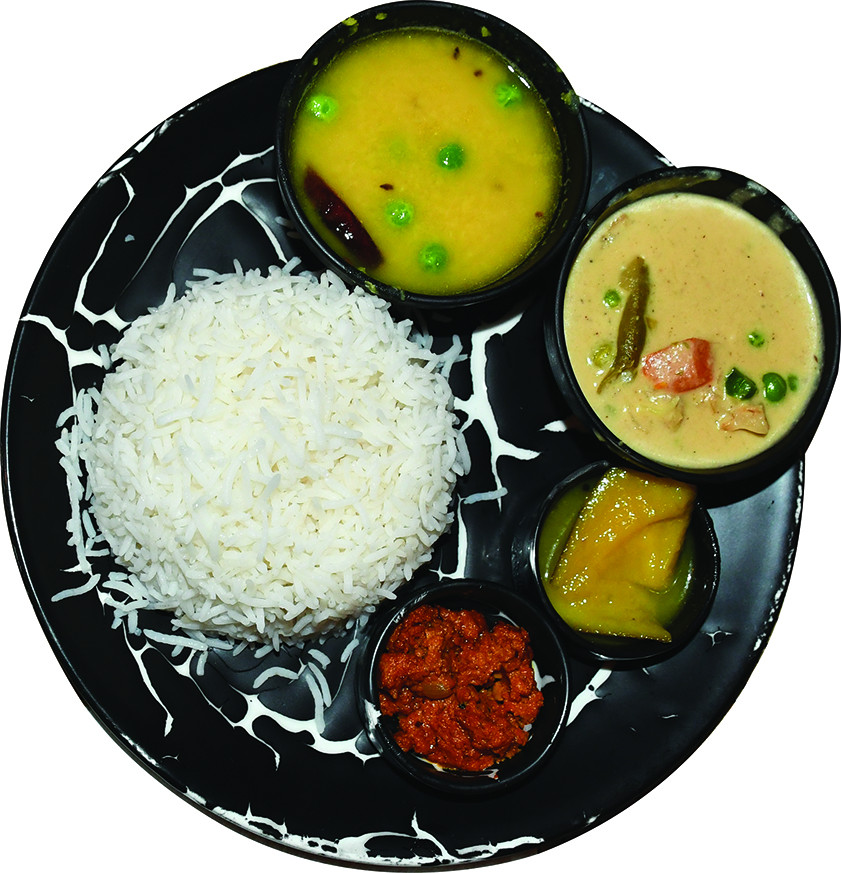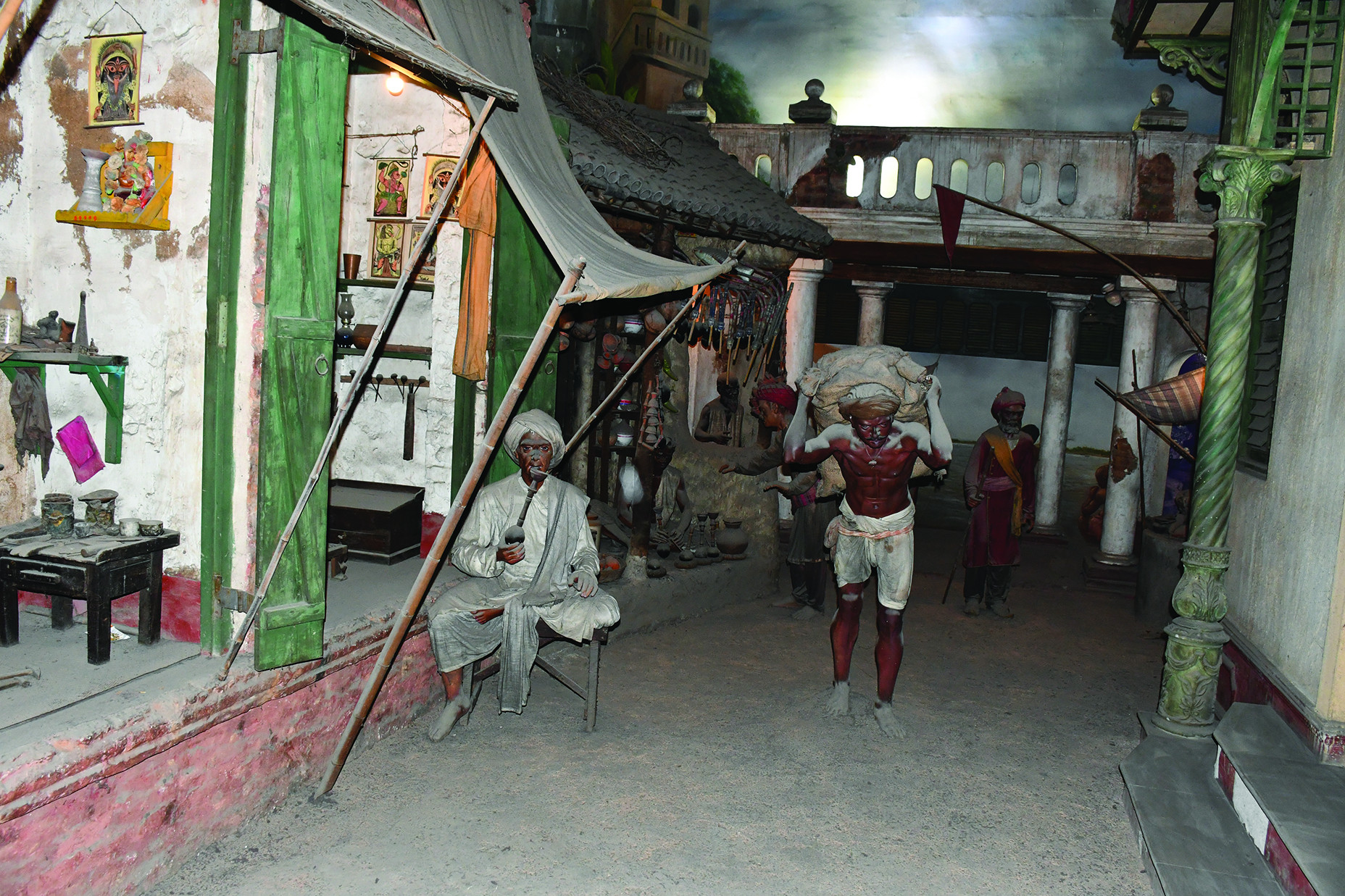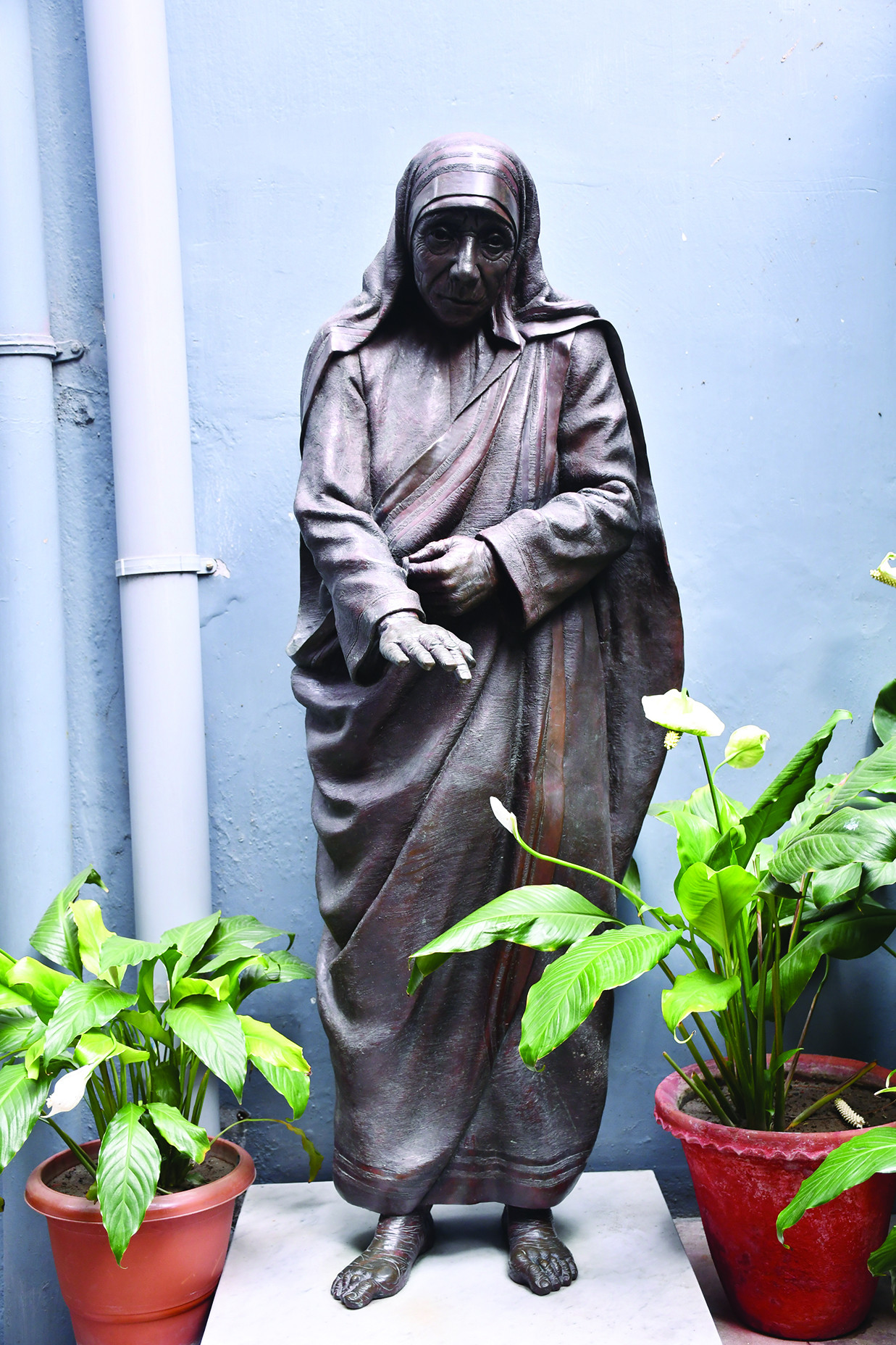10 Must Visit Destinations of Kolkata City of Joy in 2025
As the capital city of West Bengal, Kolkata is bequeathed with conglomerating arts and stands at the epitome of cultural and lingual mélange. It may have sarcastically be dubbed as the “City of Joy” by Dominique Lapierre while he was referring to the slums of Kolkata, but the people of Kolkata have embraced the title with pride and joy! Bongo or Bengalis can find happiness, even in the smallest of things. It seems like they know the secret to happiness, whether it is enjoying tasty meals, indulging in sweets, delving into the rich literature, music and art, or being a part of religious events.
In fact, there is a saying in India which goes, “If you want a clean city go to Delhi, if you want a city full of rich and famous people go to Mumbai, if you want a tech-savvy city go to Bangalore but if you want a city with a soul you can’t look beyond any other city other than Kolkata."
The History of Kolkata
The city, located on the banks of the Hooghly River has flourished for more than 2,000 years. There is even a mention of Kolkata as “Kalighata” in the Mahabharata, where it is described as a beautiful city located on the eastern banks of the Bhagirathi-Ganga.
 Until 1911 AD, Kolkata was the capital of India. During the colonial rule of the British in India from 17th to 18th centuries, massive developments of roads, railways, communication took place. During the presidency of Sir Richard William the Governor of Kolkata, the city brimmed with striking buildings, intricate structures, and breathtaking monuments.
Until 1911 AD, Kolkata was the capital of India. During the colonial rule of the British in India from 17th to 18th centuries, massive developments of roads, railways, communication took place. During the presidency of Sir Richard William the Governor of Kolkata, the city brimmed with striking buildings, intricate structures, and breathtaking monuments.
The city had resplendent forms of artistry in the forms of its bridges, museums and statues. Kolkata gave such patrimony to its arts that elites gathered in the city to pass on their legacy. The city was entrenched in the history books as, “City of Palaces” and “City of Magnificence.”
10 Must Visit Destinations of Kolkata
1. Kalighat Temple
This is one of the most visited Kali temples in the world and is one of the 51 Shakti Peethas of India! Kalighat represents the place where the toes of Goddess Sati fell. There are always brims of devotees who visit the temple of offer Akshyata, Pushpa (flowers), Prasad (food offerings) and Dakshina (voluntary donation in the name of deities) to the goddess. The puja of Goddess Kali is performed with various vedic rituals and rites.
2. Victoria Memorial Park
This park was built in memorial of British Imperial Queen Victoria from 1906 until 1921. The park covers an area of 64 acres, with thick green trees. You can find an old white building which is an allegory of colonial rule in India. Historical artifacts and information of how Kolkata came to be can be found inside the building.
3. Fort William
Located on the banks of the Hooghly River is Fort William, named after King Williams III. Built for around 10 years, it was finally completed on 1696 AD. Concurrently, the Fort is under the jurisdiction of the Indian army.
4. Howrah Bridge
Carved completely from steel, this famous bridge made over the Hooghly River has 8 lanes! Approximately 100,000 vehicles travel through the bridge daily. It was renamed Rabindra Setu (Rabindra Bridge) in honour of poet Rabindranath Tagore on 14 June 1965.
5. The Missionaries of Charity’s Mother House
The Mother House was established by Mother Teresa in 1950. Mother Teresa spent her life in the service of the downtrodden living in Kolkata. At the well preserved Mother House, you will find Mother Teresa’s humble bedroom. At the entrance is a statue of Mother Teresa.
6. Science City
Established in 1997, Kolkata’s Science City is renowned as one of the biggest science museums in the world!
7. The Acharya Jagadish Chandra Bose Indian Botanic Garden
This botanical garden covers an area of 273 acres in Howrah. It was constructed in 1787 and has over 12 thousand plants. It is even hypothesized that tea grown in the garden expanded to produce tea in Darjeeling and Sikkim.
8. Zoological Garden, Alipore
Also known as the Kolkata Zoo, it is one of the oldest zoological gardens of East India that was established in 1876 with an area of 46.5 acres. At the zoo, you will find Bengal Tigers, Grant’s Zebras, One horned Rhinoceros, etc.
9. Eco-Tourism Park
To promote ecotourism in Kolkata, an eco-tourism park was established in New Town, Kolkata. The park covers an area of 475 acres. The park was constructed after a request from Mamata Banerjee, Chief Minister of West Bengal.
10. ISKCON Temple
The ISKCON Radha-Krishna Temple is one of the most popular tourist destinations of West Bengal. Inside, you will see a statue of Radha and Krishna. The temple was constructed in 1966 by A.C Bhaktivedanta Prabhupada, founder of the International Society for Krishna Consciousness (ISKCON) to spread the word of Lord Krishna to the world.

Kolkata is famous for its Bengali cuisine. It is characterized by its mild tang and the love for mustard oil and fish. Whether you choose to try its array of fish and meat curries or opt for the splendid vegetarian curries and dishes, Bengali food is sure to tantalize your taste buds. If you are looking for street food options, Kolkata is famous for its Kati Roll (roti stuffed with either grilled meat or paneer), Phuchka (small fried hollow balls stuffed with spicy potatoes) and jhal muri (a tangy and spicy mixture of puffed rice, peanuts and potatoes). And your Kolkata travel is incomplete without trying its juicy Roshagullas, Mishti Doi (Sweet Curd) and Sandesh (a sweet made from milk and sugar).


